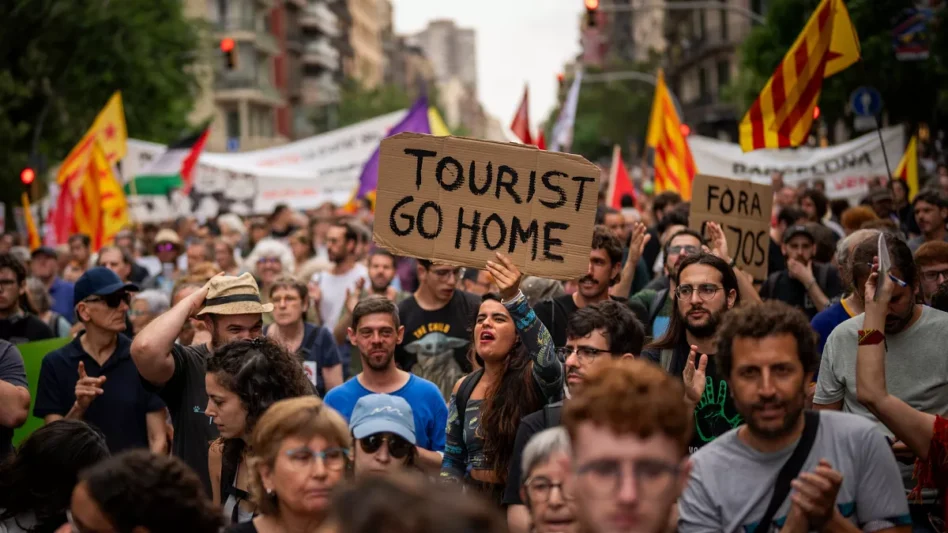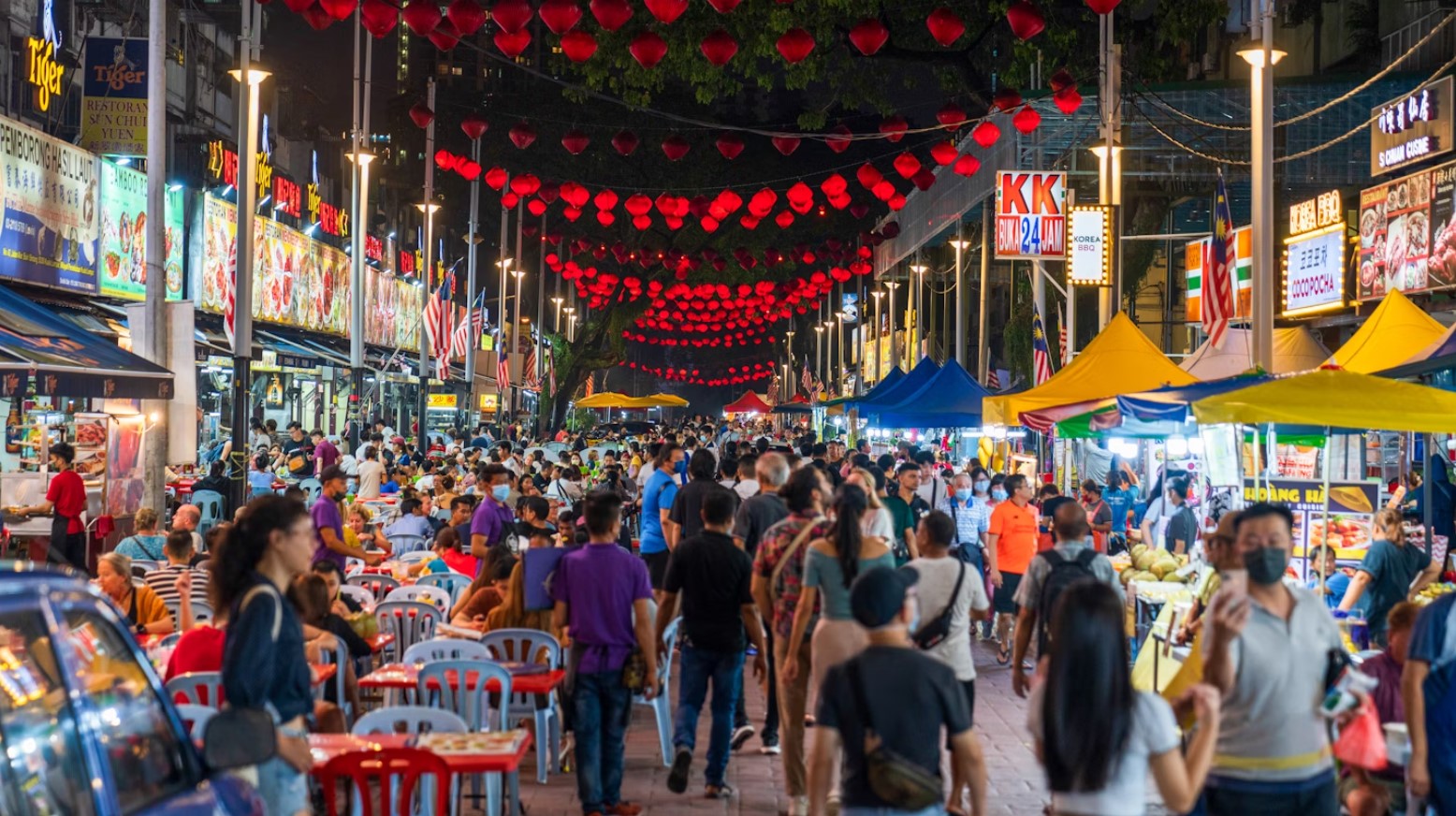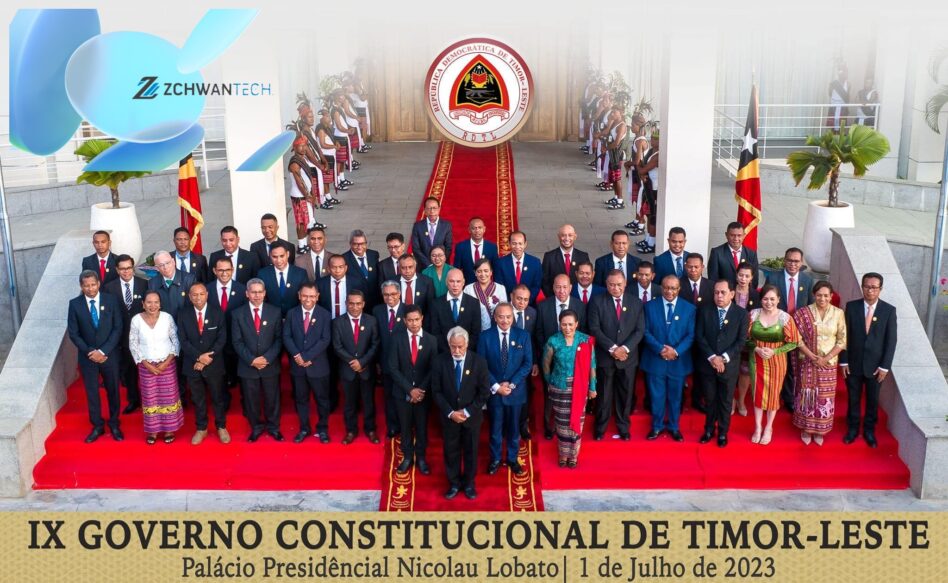THE United Nations World Tourism Organisation defines overtourism as the impact of tourism on a destination or parts thereof that excessively influences the perceived quality of life of citizens and/or the quality of visitor experiences negatively.
This occurs when too many visitors converge at the same destinations on holiday, causing detrimental impacts on the environment, local communities and visitor experiences. In other words, the place is spoiled and life is made difficult for local inhabitants.
European cities such as Venice, Amsterdam and Barcelona are all struggling with overtourism. As such, I was not surprised to read a CNBC report with the heading “Protesters in Spain told tourists to ‘go home’. Instead, more arrived.”
On July 6, thousands of anti-tourism protesters marched through the streets of Barcelona, shouting: “Tourists go home!”.
But in mid-August, Spain’s tourism board sent a mass email with a message: “Spain: the summer you’ll want to repeat every year … We can’t wait to see you!”
International arrivals to Spain continued to rise this summer, with some 10.9 million arriving in August, and the top three most popular destinations were the very spots where protesters staged marches this year. So, what gives?
A survey published by a tourism board showed 89% of American travellers said they were either unaware or unconcerned about the protests that occurred this year. Of those who knew about the demonstrations, nearly 70% said they had “no impact” on their travel intentions.
This illustrates the futilities of mass communication. It is very difficult to reach out to potential and incoming visitors, and equally challenging to get their buy-ins, but advertising agencies would claim and try to convince others that their commercials or campaigns have a great impact.

In any case, the number of protestors is relatively tiny compared to those who welcome visitors. For every demonstrator, there could easily be a hundred or more residents relying on the tourism trade by providing accommodation, food and beverage, transport, personal services and goods.
Only when demand far outstrips supply and services are overstretched or broken resulting in very bad experiences, tourists will not return and also recommend others not to visit such places. Lest we forget, overtourism occurs at some pockets only and not the entire destination.
For example, long queues may be seen at some shopping and food outlets while others offering similar stuff could be devoid of customers. This can happen in the same shopping mall or several outlets next to each other.
Similarly, we should not be concerned with overtourism but undertourism. In 2019, Malaysia’s inbound tourism expenditure was RM89.4 bil and domestic tourism RM92.6 bil. Total number of persons employed was 3.6 million or 23.6% of our country’s workforce.
We should just focus on promoting and developing tourism to its maximum potential, as it is much more important to generate additional revenues and create more jobs.
We can also take the holistic approach by determining the carrying capacity of specific manmade or natural sites.
For example, if existing infrastructures such as airports or facilities are found to be inadequate for current or future needs, then it has to be expanded and upgraded to ensure visitors do not have to undergo harrowing experiences before and during construction.
If a city or island has the potential to attract and hold more than double or triple the current number of visitors, investors can be encouraged or invited to build and operate more accommodations, entertainment and wellness centres, and shopping, food and beverage outlets.
One example of overtourism in Malaysia happened in Pulau Sembilan, 10 nautical miles south of Pulau Pangkor.

The tiny island is blessed with stunning rock formations, beautiful beaches and unusual “blue tears” of seawater that appear at night due to bioluminescent phytoplankton.
Up to 400 visitors used to swarm the island daily when the capacity and ruling were set for 120 people, damaging the pristine white sandy beach and threatening to wipe out the plankton. In March 2017, the Perak state government had to close the island indefinitely to visitors.
The island is still closed to the public as restoration efforts are still being done such as removing hundreds of trawling nets stuck on the seabed around the island, which is no easy task. Illegal fishermen cut their nets to flee when they were alerted to the presence of the authorities.
Recently, Sarawak Premier Tan Sri Abang Johari Tun Openg said that trawlers were the main culprits that disrupted reefs and their marine life around Talang-Talang and Satang islands off the coast near Kuching.
Overall, I find damage caused by foreign tourists is insignificant compared to locals who treat the wild habitat as their backyard and harvest natural resources to the max, even to the extent they may become endangered or extinct. One should not be hasty to blame overtourism. – Oct 16, 2024
YS Chan is ASEAN Tourism Master Trainer, master trainer for Mesra Malaysia and Travel & Tours Enhancement Course. He is also a tourism and transport industry consultant and writer.
The views expressed are solely of the author and do not necessarily reflect those of Focus Malaysia.









